Ventilator Machine
A ventilator machine, often referred to simply as a ventilator, is a medical device used to assist or replace spontaneous breathing in patients who are unable to breathe adequately on their own. It delivers oxygen-enriched air to the lungs and removes carbon dioxide, helping maintain proper respiratory function and oxygenation.
Importance in Healthcare
Ventilators are critical in managing respiratory emergencies, providing life-saving support until the patient’s lungs can function independently again. Advances in technology continue to enhance their capabilities, making them indispensable tools in critical care and emergency medicine.
Description
Ventilator Machine
A ventilator machine, often referred to simply as a ventilator, is a medical device used to assist or replace spontaneous breathing in patients who are unable to breathe adequately on their own. It delivers oxygen-enriched air to the lungs and removes carbon dioxide, helping maintain proper respiratory function and oxygenation.
Components and Functionality
- Basic Operation:
- A ventilator works by delivering a controlled amount of air (with added oxygen if needed) into the patient’s lungs through a breathing tube (endotracheal tube or tracheostomy tube).
- It then assists with exhalation by allowing the passive release of air, or actively withdrawing air from the lungs.
- Ventilation Modes:
- Ventilators offer various modes of ventilation tailored to different patient needs, such as:
- Volume Control Ventilation (VCV): Delivers a set tidal volume (amount of air per breath).
- Pressure Control Ventilation (PCV): Maintains a set airway pressure during inspiration.
- Assist-Control Ventilation (ACV): Allows patients to trigger the ventilator to deliver a breath, with the ventilator providing support if the patient does not initiate a breath.
- Continuous Positive Airway Pressure (CPAP) and Bi-level Positive Airway Pressure (BiPAP): Provide non-invasive ventilation by maintaining a continuous positive pressure to keep the airways open.
- Ventilators offer various modes of ventilation tailored to different patient needs, such as:
- Monitoring and Control:
- Ventilators feature advanced monitoring capabilities to assess and display parameters such as tidal volume, respiratory rate, oxygen concentration (FiO2), and pressure levels.
- Alarms alert healthcare providers to changes in patient condition or equipment malfunctions, ensuring timely intervention.
- Power and Portability:
- While traditional ventilators are typically large and stationary, some models are designed to be portable for use in ambulances, aircraft, and during patient transport.
- Power sources include electrical outlets, internal batteries, or both, ensuring continuous operation even in situations where power supply may be unreliable.
- Applications:
- Ventilators are essential in intensive care units (ICUs) for patients with respiratory failure due to conditions such as pneumonia, acute respiratory distress syndrome (ARDS), or trauma.
- They are also used during surgeries requiring general anesthesia to support breathing while the patient is unconscious and unable to maintain their airway.
Importance in Healthcare
Ventilators are critical in managing respiratory emergencies, providing life-saving support until the patient’s lungs can function independently again. Advances in technology continue to enhance their capabilities, making them indispensable tools in critical care and emergency medicine.

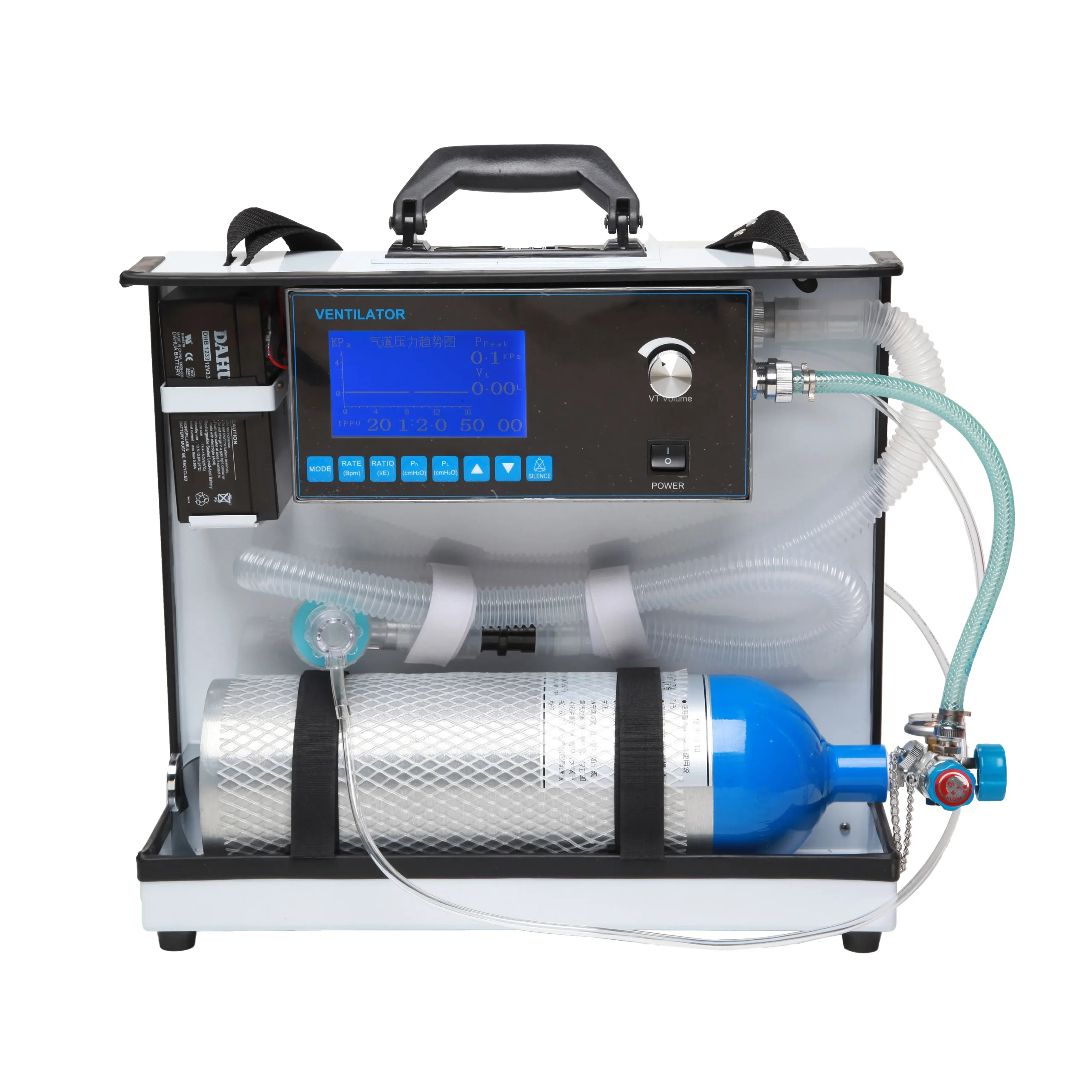

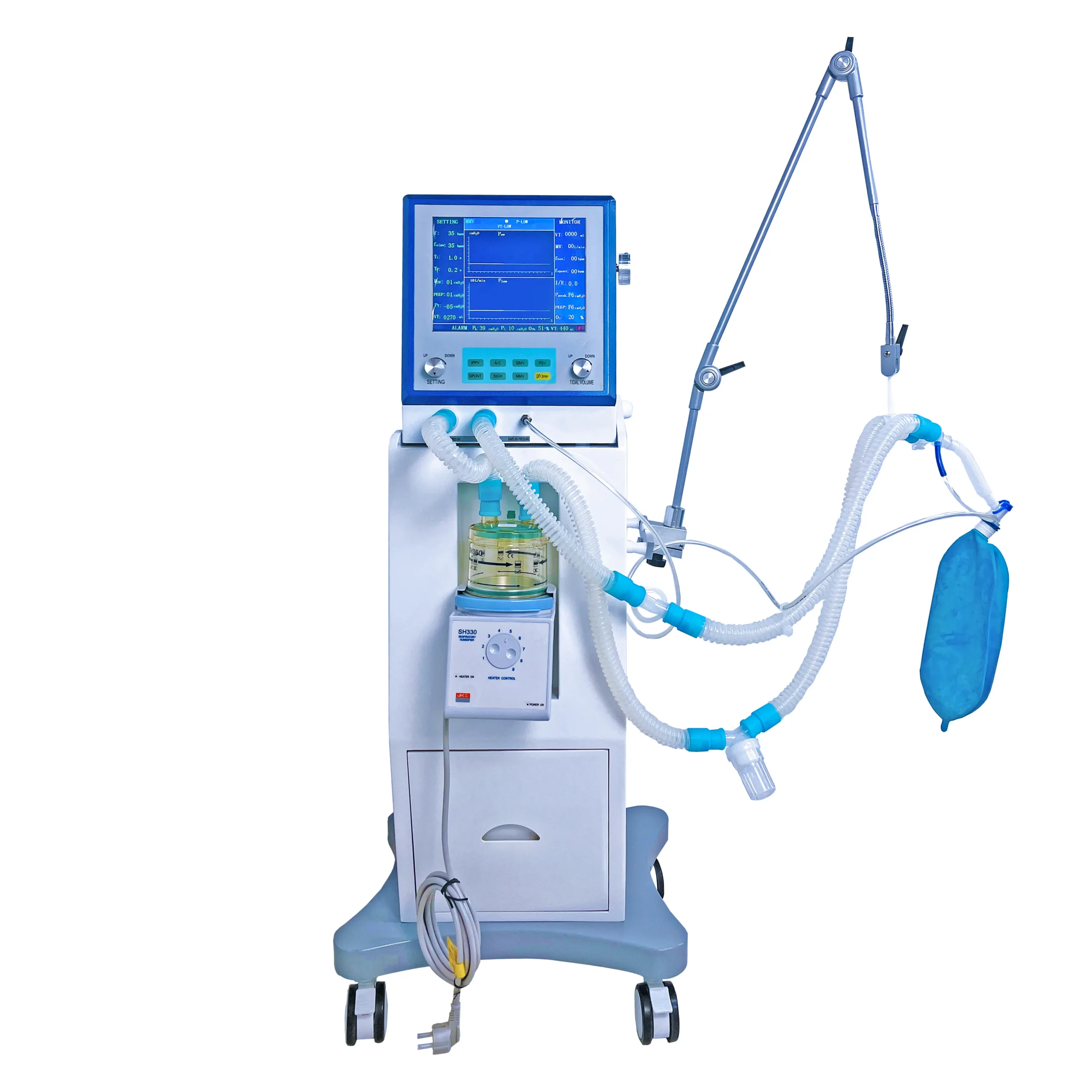
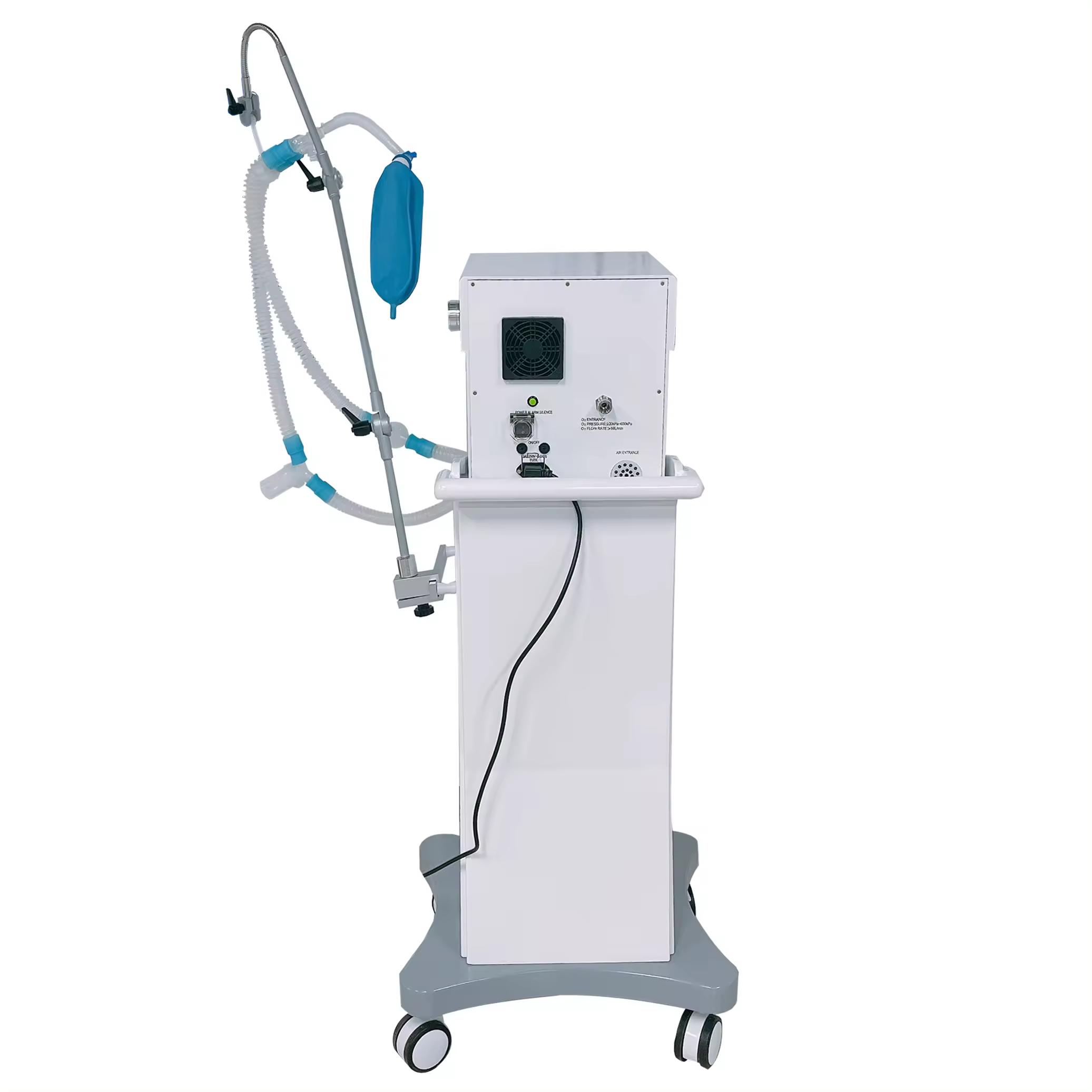
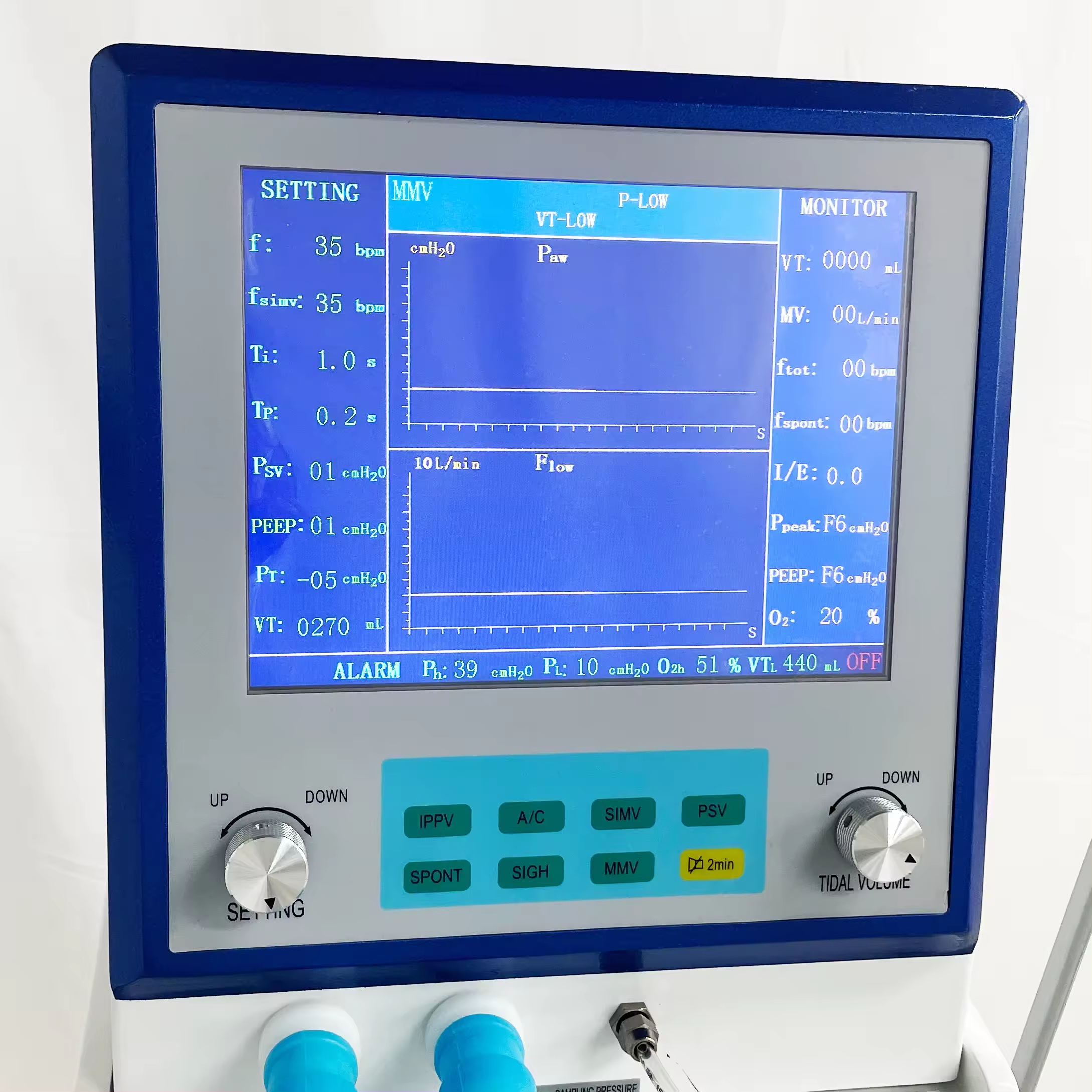
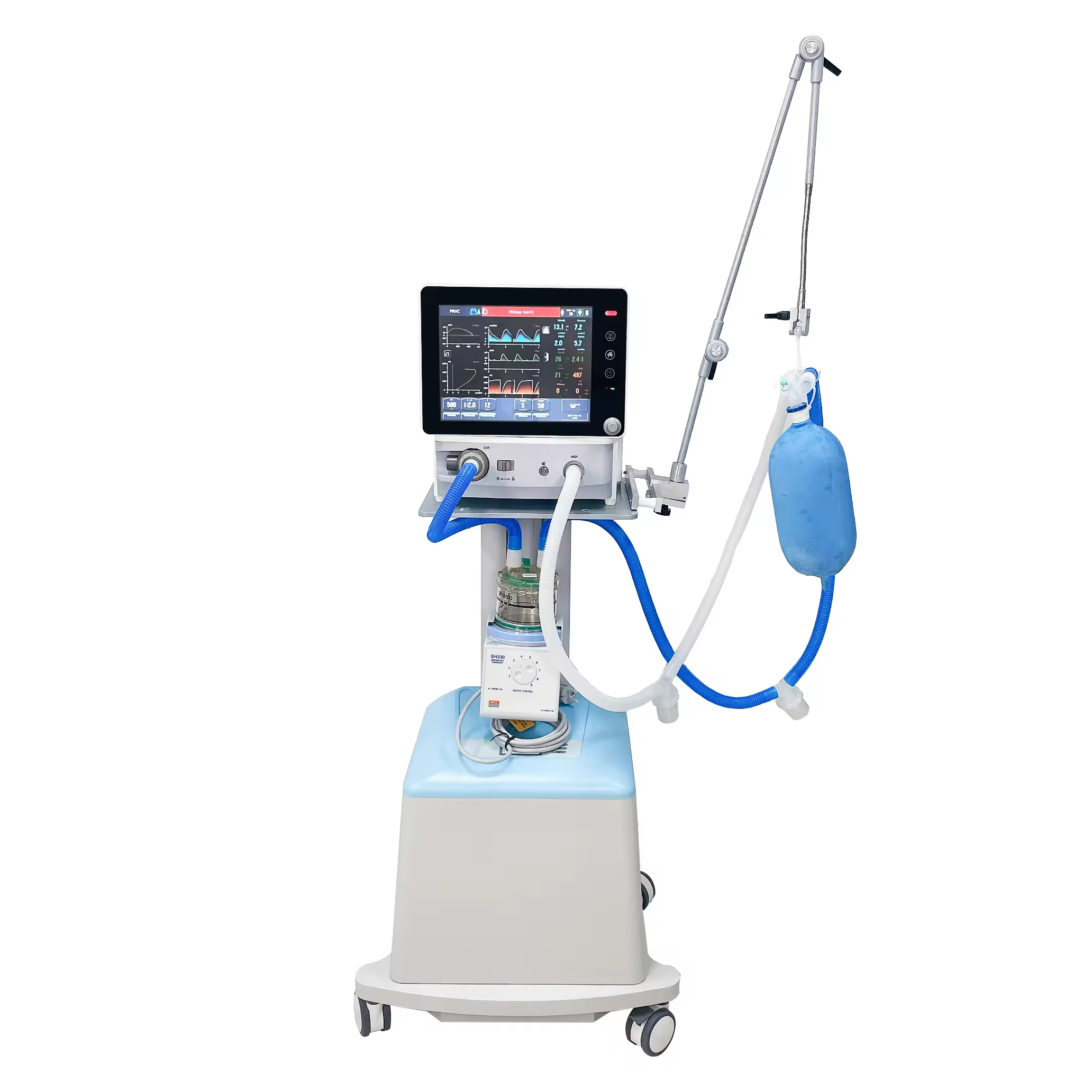
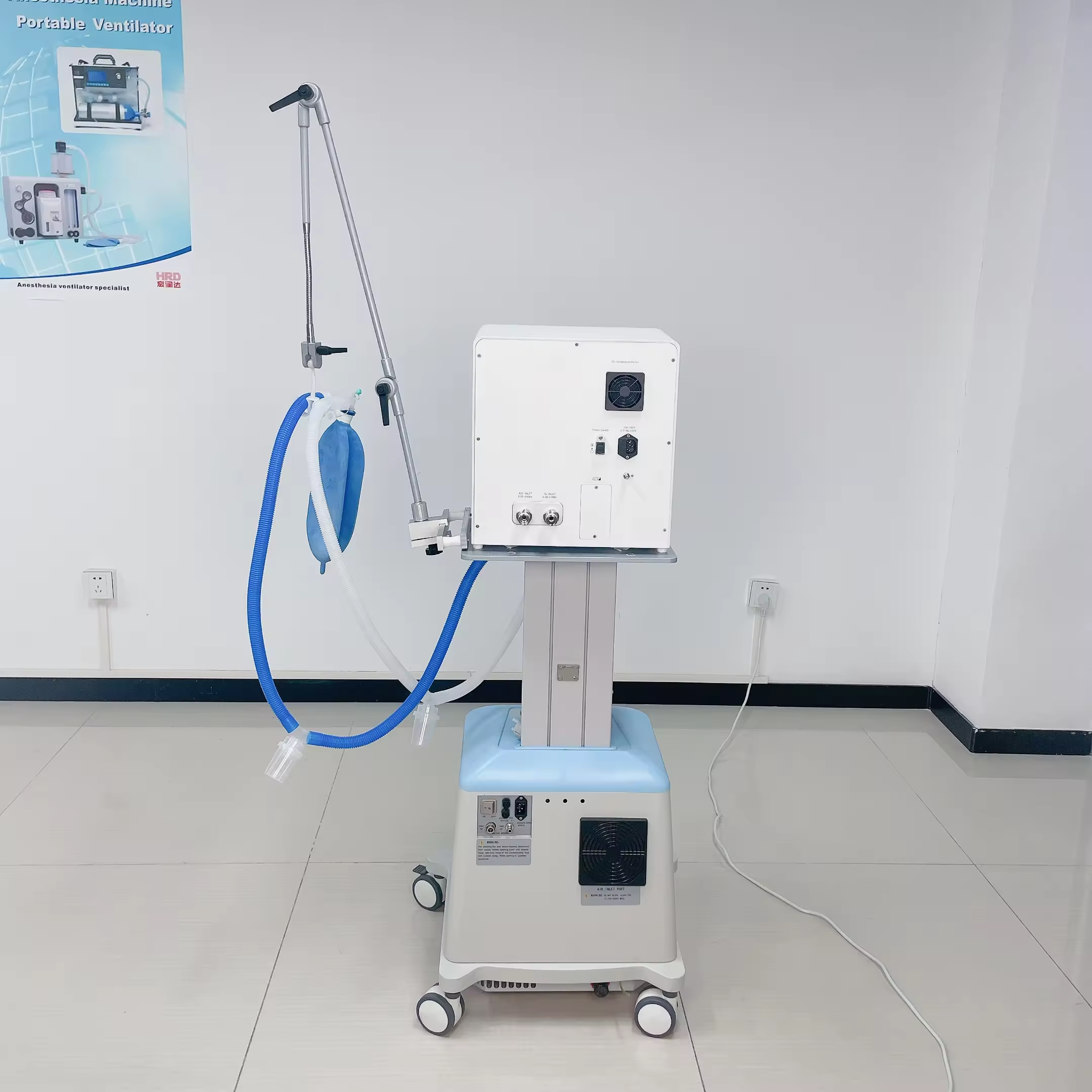




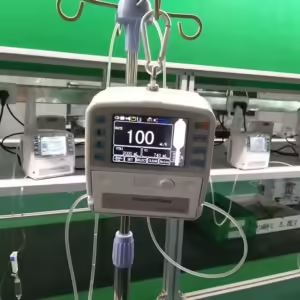


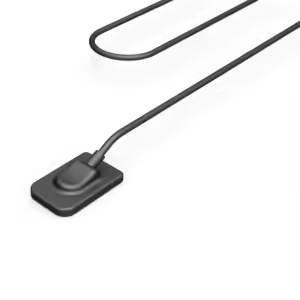




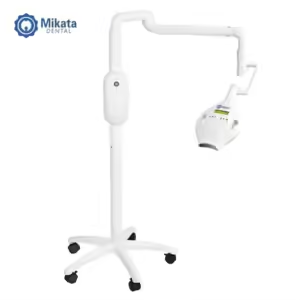









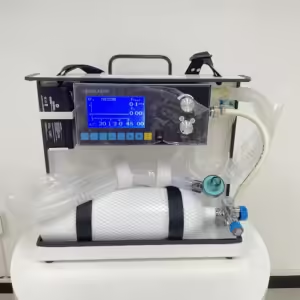
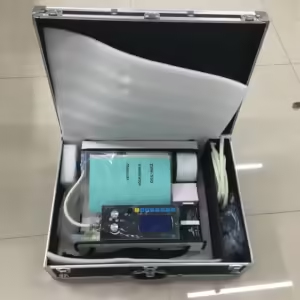
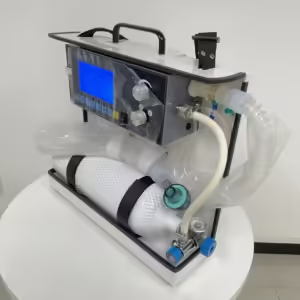
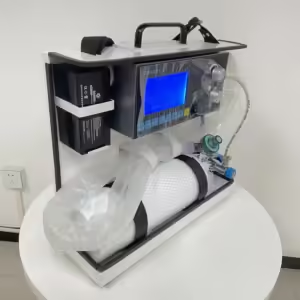
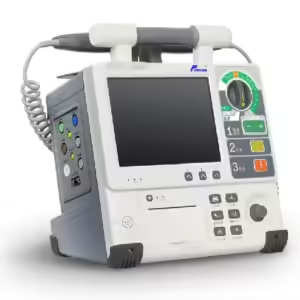



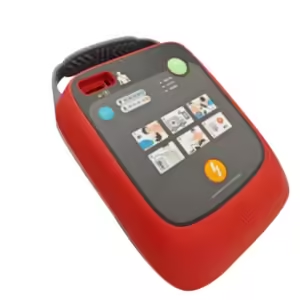








Reviews
There are no reviews yet.